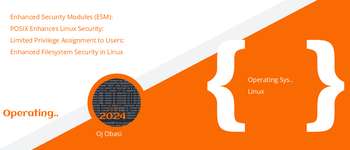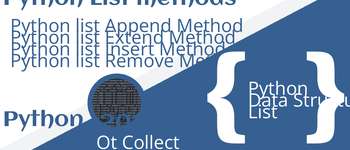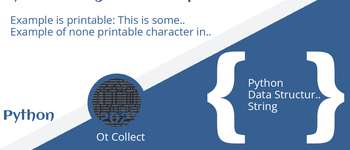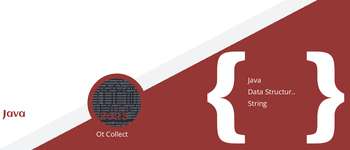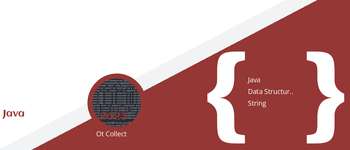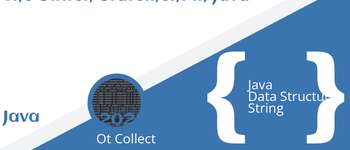Why Linux Is Considered The Most Secured Operating System
Data security and privacy are paramount for computer users to ensure privacy and confidentiality. Like Windows and Mac, Linux leverages Discretionary Access Control (DAC) as a core security concept. DAC allows users to control access permissions for their files and resources, allowing them to specify who can read, write, or execute them. While DAC forms a strong foundation for access control, it is part of a larger security strategy that might include authentication and encryption for additional protection in Linux.
Chen et al. (2009) argue that the current DAC mechanism in operating systems is not sufficient to defend against vulnerabilities such as Trojan horses and buggy software exploits. In response, Linux has implemented unique security features that set it apart from other operating systems, making it the most secure operating system:
Enhanced Security Modules (ESM):
Linux supports robust security through Enhanced Security Modules (ESM) such as SELinux (Security-Enhanced Linux) and AppArmor. These modules enforce mandatory access controls, adding an extra layer of security by restricting program capabilities based on defined policies. Then there is the Linux Security Modules (LSM) framework that enables various access control models to be implemented as loadable kernel modules, enhancing the traditional DAC user/group/other model(Wright & et. al., 2002). The LSM lends a solid arm to Linux's security structure, making Linux a robust and secure operating system.
POSIX Enhances Linux Security:
The Portable Operating System Interface (POSIX) greatly enhances Linux security by providing a standardized framework for implementing security features, managing access control, ensuring process isolation, and defining reliable shell and utility interfaces. It ensures robust security through precise control over file access and contributes to a secure and reliable Linux environment through consistent and well-defined security practices(Hailperin, 2019).
Limited Privilege Assignment to Users:
Linux assigns specific privileges to various users, including administrators(Alassaf, 2023). This limited assignment of privileges helps in creating a more secure system. By restricting user privileges, Linux can effectively limit the potential damage in case of a security threat. Users only have access to what they need, reducing the risk of unauthorized actions that could harm the system.
How do files and directories play a part in the security of Linux?
Access control in Linux is based on a security model that uses user privileges and permissions to limit access according to user roles. This enhances the Linux operating system's overall security and privacy.
Enhanced Filesystem Security in Linux
According to Wright et al. (2002), Linux offers improved filesystem security by using security modules integrated into the LSM framework. This framework introduces hooks into various kernel data structures, such as super_block, inode, and file, to allow security modules to control and monitor file operations thoroughly. Filesystem hooks manage operations like mounting and statfs, inode hooks provide detailed control over individual inode actions, and file hooks enable additional checks on file operations, such as read and write. This helps ensure revalidation of permissions and supports dynamic policy changes.
File Ownership and Directory Permissions:
In Linux, each file and directory has an owner, a group, and a set of permissions. These permissions include read (r), write (w), and execute (x) permissions, which dictate access levels for the owner, group members, and others(Hailperin, 2019). The command ls -l can be used to reveal the permissions, owner, and group for each file and directory. Setting appropriate permissions is vital for preventing unauthorized access and modifications. System files in directories like /etc, /var, and /usr have strict permissions to prevent unauthorized changes. The /etc/passwd and /etc/ shadow files have tight access controls to protect against tampering and unauthorized access.
Linux prioritizes security through Enhanced Security Modules such as SELinux and AppArmor, implementing mandatory access controls and limiting user privileges where necessary. It also benefits from the Portable Operating System Interface (POSIX) for standardized security features. Linux's filesystem security is enhanced by integrated security modules, which control and monitor file operations in detail. These measures ensure that only authorized users have access to critical files and directories, minimizing the risk of unauthorized access and modifications. Overall, Linux's security features make it a powerful and secure operating system.
Reference:
Alassaf, A. S. (2023). Linux OS Versus Windows OS Security. International Journal of Multidisciplinary Innovation and Research Methodology, ISSN: 2960-2068, 2(3), 1-7.
Chen, H., Li, N., & Mao, Z. (2009, February). Analyzing and Comparing the Protection Quality of Security Enhanced Operating Systems. In NDSS (Vol. 9).
Hailperin, M. (2019). Operating systems and middleware: Supporting controlled interaction. Thomson Learning, Inc.: San Francisco, CA.
Wright, C., Cowan, C., Smalley, S., Morris, J., & Kroah-Hartman, G. (2002). Linux security modules: General security support for the linux kernel. In 11th USENIX Security Symposium (USENIX Security 02).

